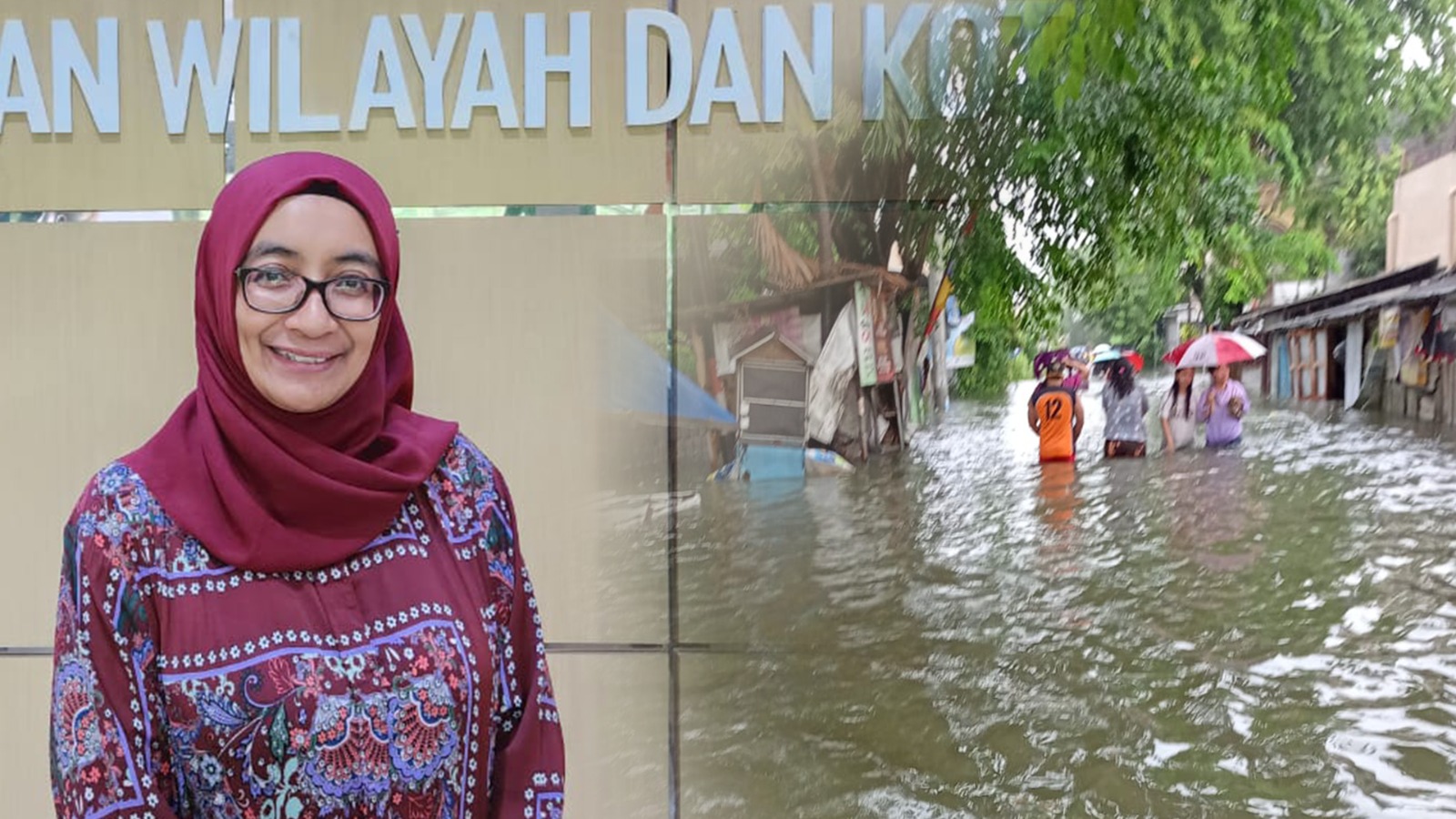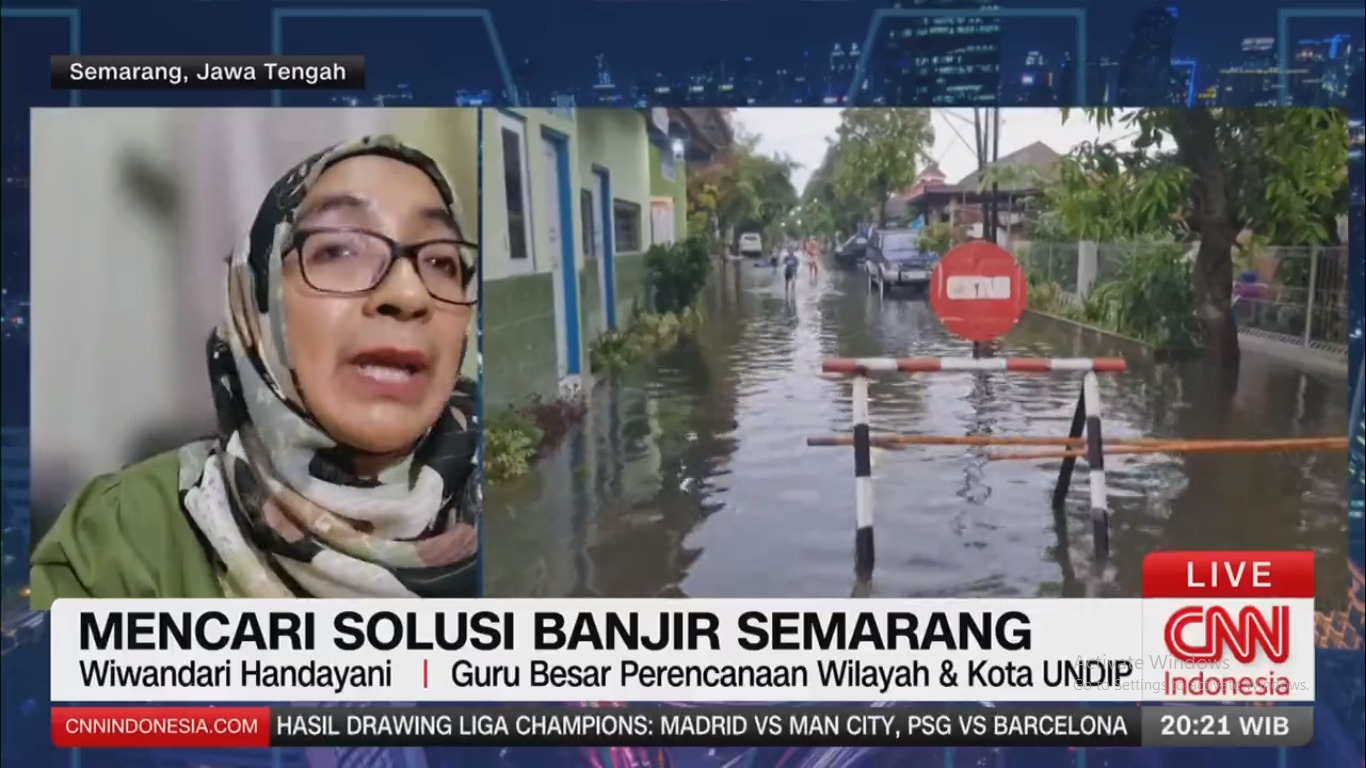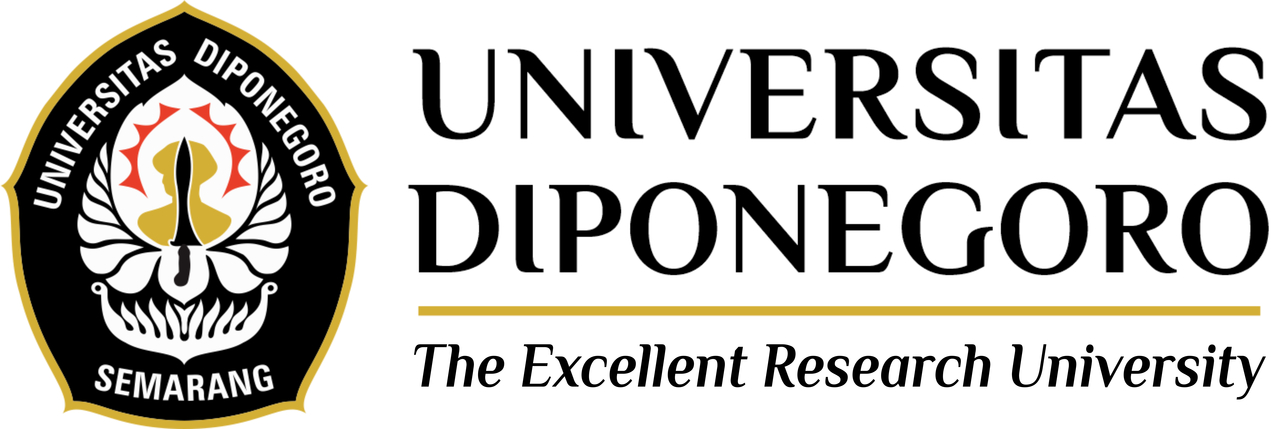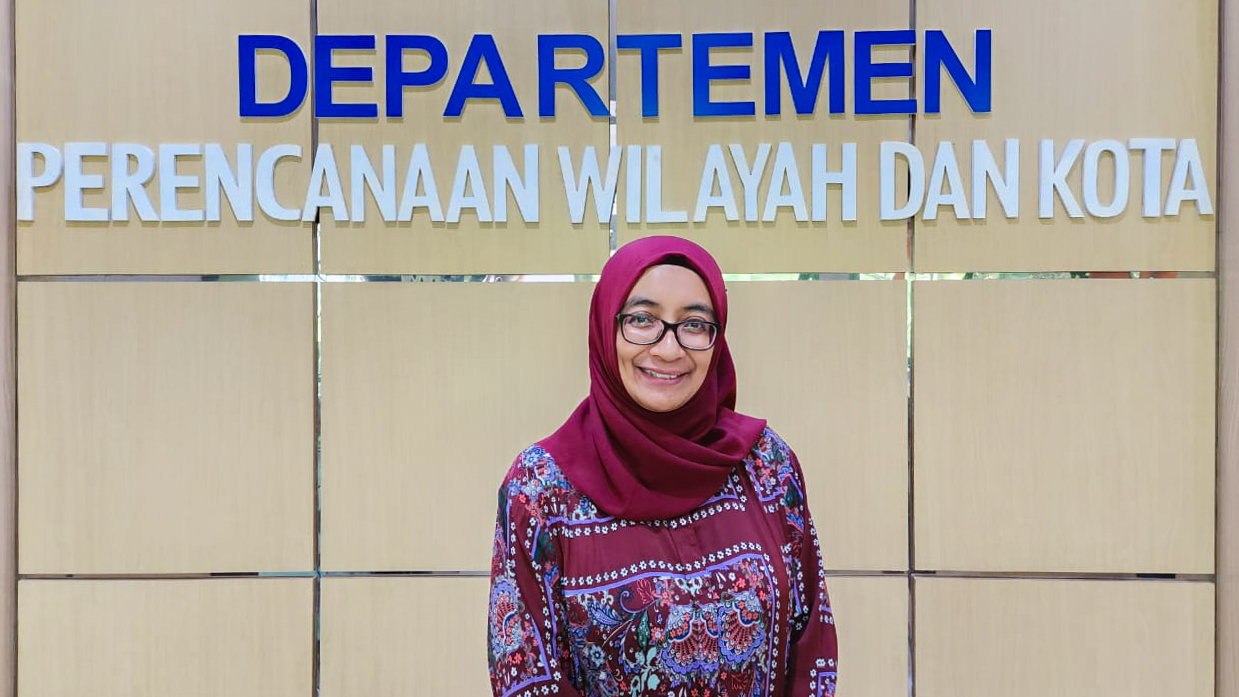The continuous rain that hit Semarang over the last few days caused water to pool and demobilized activities in several spots. However, this flood was not solely caused by the high rain intensity. Many factors have given Semarang a high flooding potential.
According to the professor of the Urban and Regional Planning Department of the Faculty of Engineering at Diponegoro University, Prof. Dr.-Ing. Wiwandari Handayani, S.T., M.T., MPS, geographical condition and climate phenomenon increase Semarang’s vulnerability to flooding. During her interview with Indonesia CNN on Friday, March 15, 2024, she stated that the topography of Semarang is in the high to low region. The elevation of the sea level and land subsidence due to excessive groundwater use further increases the chances of flood in Semarang when extreme weather like today happens.
“Geographically, Semarang’s topography is from high to low, plus the elevation of the sea level climate phenomenon, land subsidence, and, of course, extreme weather caused it,” she stated.
In addition, Prof. Wiwandari stated that although Semarang is located in the coastal area, not all Semarang flooding was tidal. The alternation of land use in the upstream regions due to excessive construction diminished the water absorption area, resulting in heavy run-off and flooding in the downstream region.
“It is true that the flooding in Semarang happened because of different factors. The geographical factors and various topography. When land use in the upstream regions is altered from non-constructed to constructed, the water absorption will lessen, leading to heavy run-off to the coast,” stated Prof Wiwandari.
Land subsidence in Semarang has obviously been around since the late 1990s. The formed young alluvial soil from sedimentation on the coast of Semarang is not strong enough to retain urban activity from the beginning. This occurrence was worsened by many industries that use groundwater excessively. As a result, the ground level in Semarang keeps degrading. Prof. Wiwandari claimed that the industrial activity must be supervised closely to prevent this land subsidence.
“In my opinion, from the public perspective, some coastal areas, such as the eastern coastal, like Kaligawe and Pedurungan, are densely populated. But the ones that use that much groundwater are the industries. So, if we want to anticipate the reduction of groundwater due to groundwater use, the most effective solution is to monitor the groundwater use by the industries located along the coastline.”
Besides flooding, Semarang must also consider the potential landslide in the hill regions. The landslide phenomenon in Ngaliyan was not only caused by flooding, according to Prof. Wiwandari, but also because the ground shift occurred due to the tectonic plate activity in the Semarang’s hills region.
“Land movement is at the heights because some regions are vulnerable to land shifts and landslides. So, besides floods, there are also risks of another natural disaster,” she explained.
Prof. Wiwandari suggested that Semarang needs a transformative, integrative, and comprehensive control of space utilization. The Semarang City Government’s solutions have been struggling in the downstream region. She argued that integrative collaboration is necessary from the upstream to the downstream between the Semarang City Government and other government institutions involved in flood mitigation in Semarang, such as BBWS Pemali-Juana.
“Regarding the government effort, it is crucial to understand that when we talk about floods, we are talking about them from upstream to downstream. Most of the city’s mitigation is downstream. But in reality, flood mitigation is supposedly integrative from upstream to downstream. Thus, government collaboration must be observed horizontally,” said Prof. Wiwandari.
Furthermore, she suggested the necessity for gradually developing new economic centers. The purpose is to reduce the overwhelming duty of coastal cities.
“So, I thought, if there is a distribution of roles and duties and a parallel integrative intervention, then we must be optimistic that we will overcome this problem (flooding). Now, Semarang has a terrible flood because of the extreme weather factor. It means there has been an effort in the normal condition to lessen the flood,” she concluded.
Source: Faculty of Engineering UNDIP








